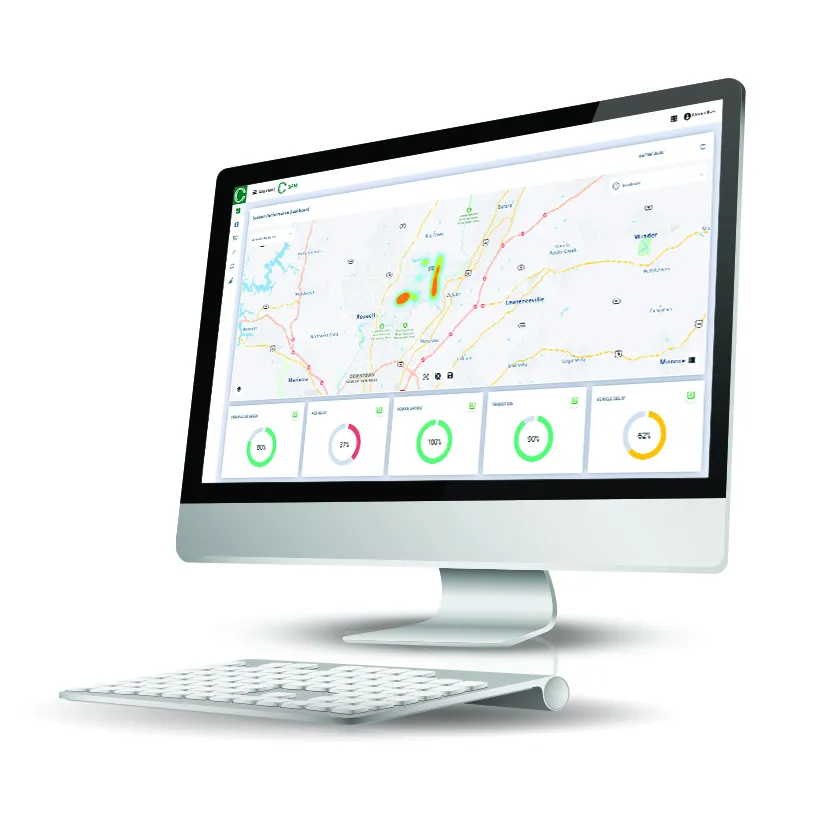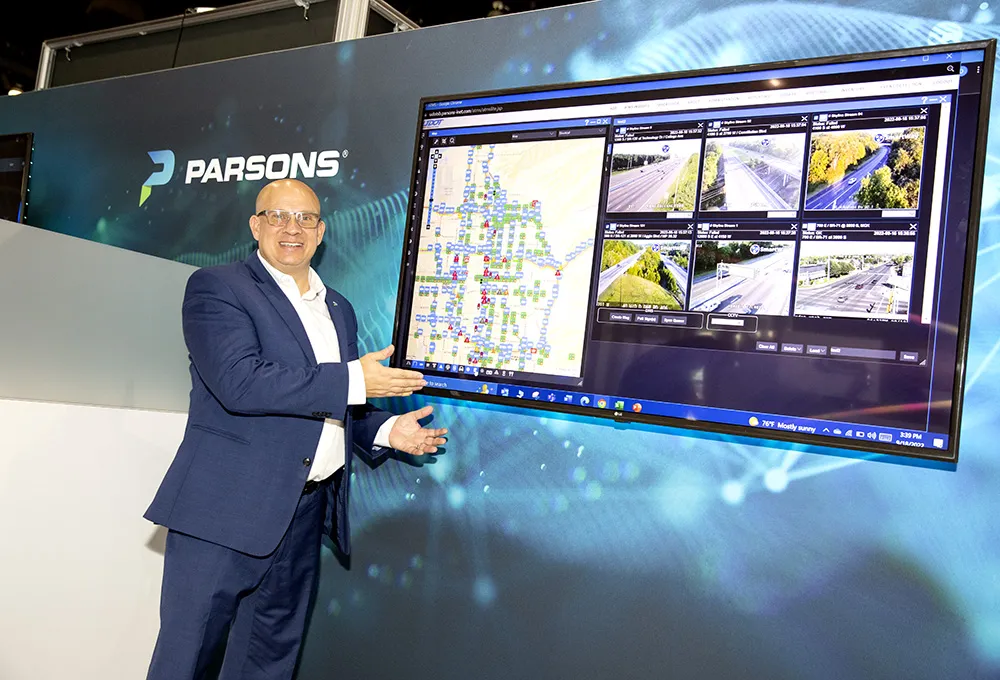
Econolite has upgraded its cloud-based Centracs Mobility software platform to support crowdsourced traffic data as an additional source of real-time roadway detection.
Econolite says its traffic management software solution provides transportation agencies the flexibility of integrating real-time traffic data for signal performance measurement and optimisation.
The company believes there has been an expected tipping point where crowdsourced traffic data would have the accuracy and coverage of vehicles to be used as a trusted input for signal timing.
Econolite's chief technology officer Eric Raamot says the widespread availability of mobile connections to vehicles and cellular devices has made overcrowded data a significant source of real-time information.
“This form of ‘infrastructure-less’ data has already been leveraged for traffic incident reporting, predictive modelling, and travel time estimation, but has not previously been demonstrated to be a viable source of input for signal performance measures or signal optimisation,” he continues. “By feeding this data into Centracs SPM’s cloud-based analytics, we can now take a significant leap forward in real-time signal optimisation and enable our suite of SPM tools for agencies that may not have the prerequisite infrastructure deployed for traditional advance, or per-lane detection.”
According to Econolite, Centracs SPM is a cloud-based traffic data collection and analytics software system designed to help transportation agencies optimise traffic signal timing.
Combining Centracs Mobility with SPM's real-time data analytics provides a foundation for aggregating traditional data and real-time crowdsourced traffic data, the company adds.
Econolite is working with research programmes to establish the feasibility to serve many deployments with crowdsourced data. Econolite's software toolset is expected to present signal performance metrics based on toggling the various types of data sources for direct comparison.









